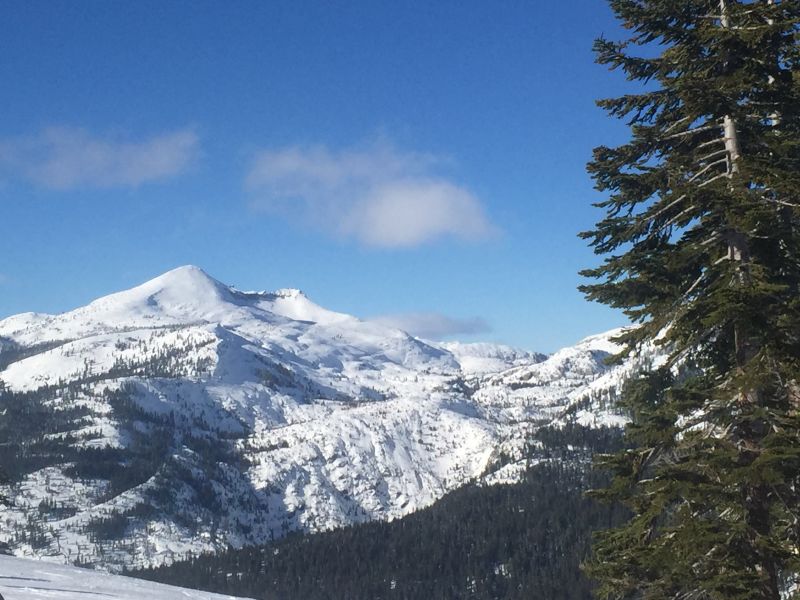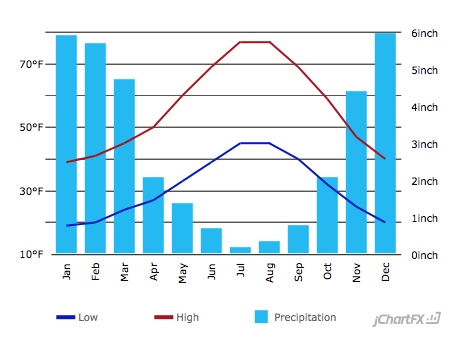There’s still plenty up there for skiers but Tuesday’s manual survey of the Sierra Snowpack didn’t do much to raise hopes for an imminent end to the drought.
And time is running out.
Statewide, the Sierra snowpack stands at just 83 percent of normal levels for this date — the southern Sierra is even skimpier at 75 percent, based on estimates of the snow’s water content.
After a series of cold storms off the northern Pacific gave an encouraging start to the snow season, accumulations briefly surged ahead of long-term averages — but February’s meager rain and temperatures in record-high territory quickly started shrinking the snowpack (Locations from Sacramento to San Diego recorded their hottest February on record). That’s a major source of anxiety for the state’s water managers, who traditionally count on the so-called “frozen reservoir” for about a third of California’s water supply.
“Right now, we’re obviously better than last year,” said Frank Gehrke, who heads the state’s snow surveys, “but still way below what would be considered adequate for any reasonable level of recovery at this point.”


